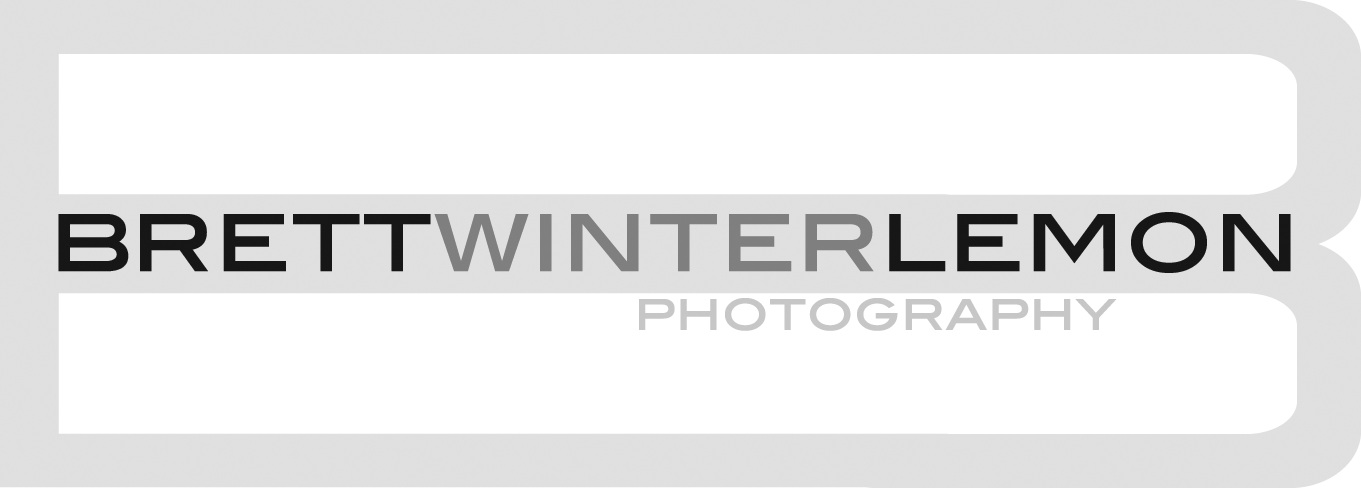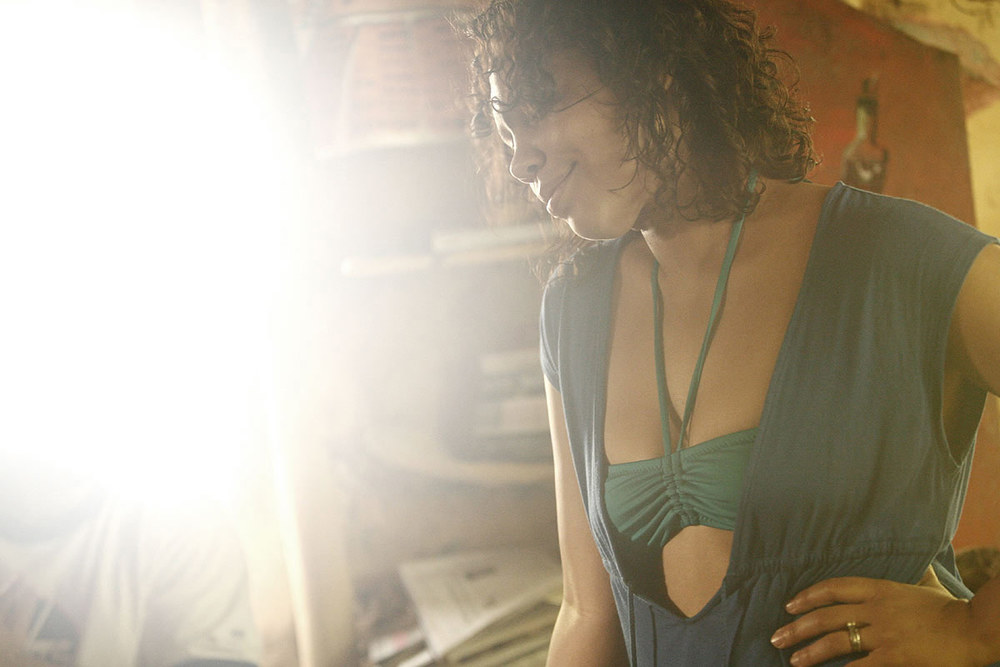Photography Exposure
When we talk about exposure, you’ll usually hear the phrase “correct exposure”, but what does that really mean? When we’re shooting different pictures, especially pictures in different types of lighting, how can we know we have the most accurate exposure? What I’ve learned in my experience with photography is that there is a “correct exposure” and then there is the right exposure. So how can we judge when we have the right exposure?
Camera Settings
Exposing your image correctly is very important so you can achieve the best possible picture. You’ve probably heard that the way to achieving a good exposure is through a careful combination of three elements. These three elements, ISO, aperture, and shutter speed, are what allows us to control how we exposure our image. Mastery of these three settings allows us to fine tune and control our camera effectively.
Dynamic Range
But even if we can perfectly control these settings on our camera, sometimes we still end up with problems in our exposure. Most of the time, that is probably due to our dynamic range. Every image, every scene, and even our camera sensor all have what we call dynamic range. Dynamic range is the difference between the lightest sections of our scene and the darkest sections. Sometimes this dynamic range is very large. For instance, if you shoot a sunset photo, you probably will notice a very drastic dynamic range. Often with lower quality cameras, you will only be able to capture a well exposed sky and a dark foreground or an overexposed sky and a balanced foreground. This is because the dynamic range of the scene exceeds the dynamic range capabilities of our camera. There are even times this happens with high quality cameras.
Use Your Artistic Eye
When this happens, you have to use your artistic eye to decide which part of the photograph is most important. If you are shooting a portrait for instance, your choice is obvious. You want to expose correctly for the face of your subject, even if that means that the background is not exposed correctly. Sometimes, however, the decision is not so obvious. This is where your artistic eye can help you decide which sections of the photo you should be exposing for. Think about the mood you are trying to create in your images. Maybe you want your portrait photos to be more dramatic, so play around with underexposing to create a different effect. If you want your pictures to be softer, overexposing by just a little bit can give a soft airy feeling to your images.
Experiment
Learning how to control your exposure is a process that doesn’t happen overnight. Practice with your camera and learn how to control the ISO, Aperture, and Shutter Speed settings in your manual mode. Figure out how to balance each of those settings to compliment each other and achieve the look you are going for. Using your metering mode can help you to double check that your exposure is accurate and not under or overexposed. I hope this introduction into exposure helps you start to understand how to set your camera correctly and achieve the right exposure.


